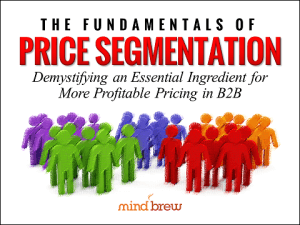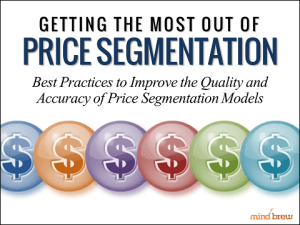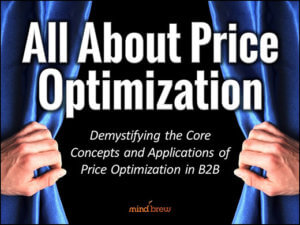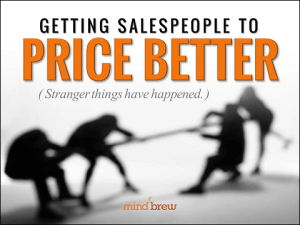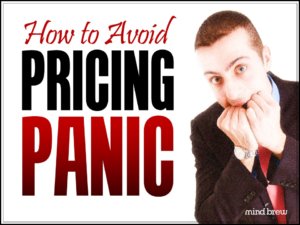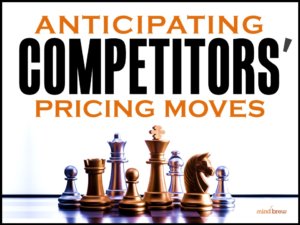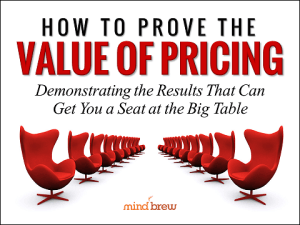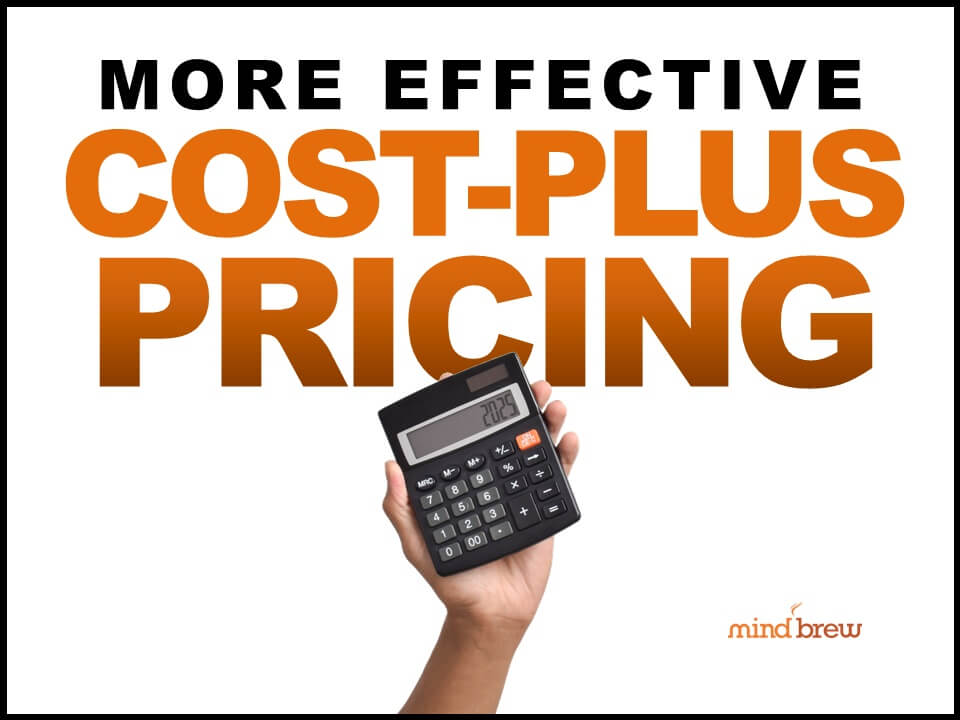To the average person who doesn’t spend a lot of time every day doing math, the difference between 99.9999% and 99.9% seems pretty negligible. Because our education system translates percentages to letter grades, a lot of people look at 99.9999% and 99.9% and think, “Well, they’re both an A+. What’s the difference?”
But people who work in IT or technology associate very different things with those numbers. If your IT service has a guarantee that it will be available 99.9% of the time, that means the system could go down for 8.77 hours per year. That’s kind of a lot.
By contrast, 99.9999% availability means that the system will only be down for 31.56 seconds per year. That’s a lot better.
The difference becomes even starker when you think about it in terms of airplane flights. A 99.9999% success rate for flying equates to about one crash per year. But a 99.9% success rate would mean that a plane crashed somewhere in the world every 3 seconds.
That’s kind of a lot.
So what about your prices? Are they accurate 99.9% of the time? 95% of the time? 50% of the time? The more closely your prices align with your customers’ willingness to pay, the more likely customers are to buy from you. And even if you have a 99.9% accuracy rate, you definitely still have room to make your prices better.
So how do you make your prices more accurate? We have three suggestions:
- Detailed segmentation model: A detailed segmentation model allows you to understand when, where, and why willingness to pay is different. As your model becomes more granular, it provides better guidance for price quotes. If you aren’t using a segmentation model, check out The Fundamentals of Price Segmentation. It explains the basic concepts and walks you through an example. And if you already have a model that you would like to improve, see Getting the Most Out of Price Segmentation for helpful tips.
- Accurate Price Elasticity Measurement: For pricing professionals, price elasticity is the equivalent of magic. It allows you to accurately simulate market reactions to different prices. Want to know how a 1% price increase or decrease would affect your sales and margins? Measuring price elasticity will tell you. If you aren’t using this measurement effectively today, we have two resources that can help. Business-to-Business Price Elasticity explains the details of how to measure and provides some step-by-step guidance for getting started. All About Price Optimization adds more detail and further illustrates the key concepts.
- Sales Team Follow-Through: The best prices in the world won’t do you any good if your sales team isn’t using them. If your team isn’t quoting accurately or isn’t negotiating well, we have some tips for working with them. Getting Salespeople to Price Better and Getting Sales to Sell the Value are both chock full of practical, proven advice that has worked for other pricing teams that were struggling to coordinate with sales.
Those of us who work in pricing are very fortunate that failing to get our prices right doesn’t have the same consequences as when a pilot fails to get things right. But how frequently you succeed in pricing has a huge impact on whether or not your company thrives, which in turn has a big impact on your customers and employees.
By making just a small improvement in your pricing, you can have a compounding positive effect on your business and the people it serves.

